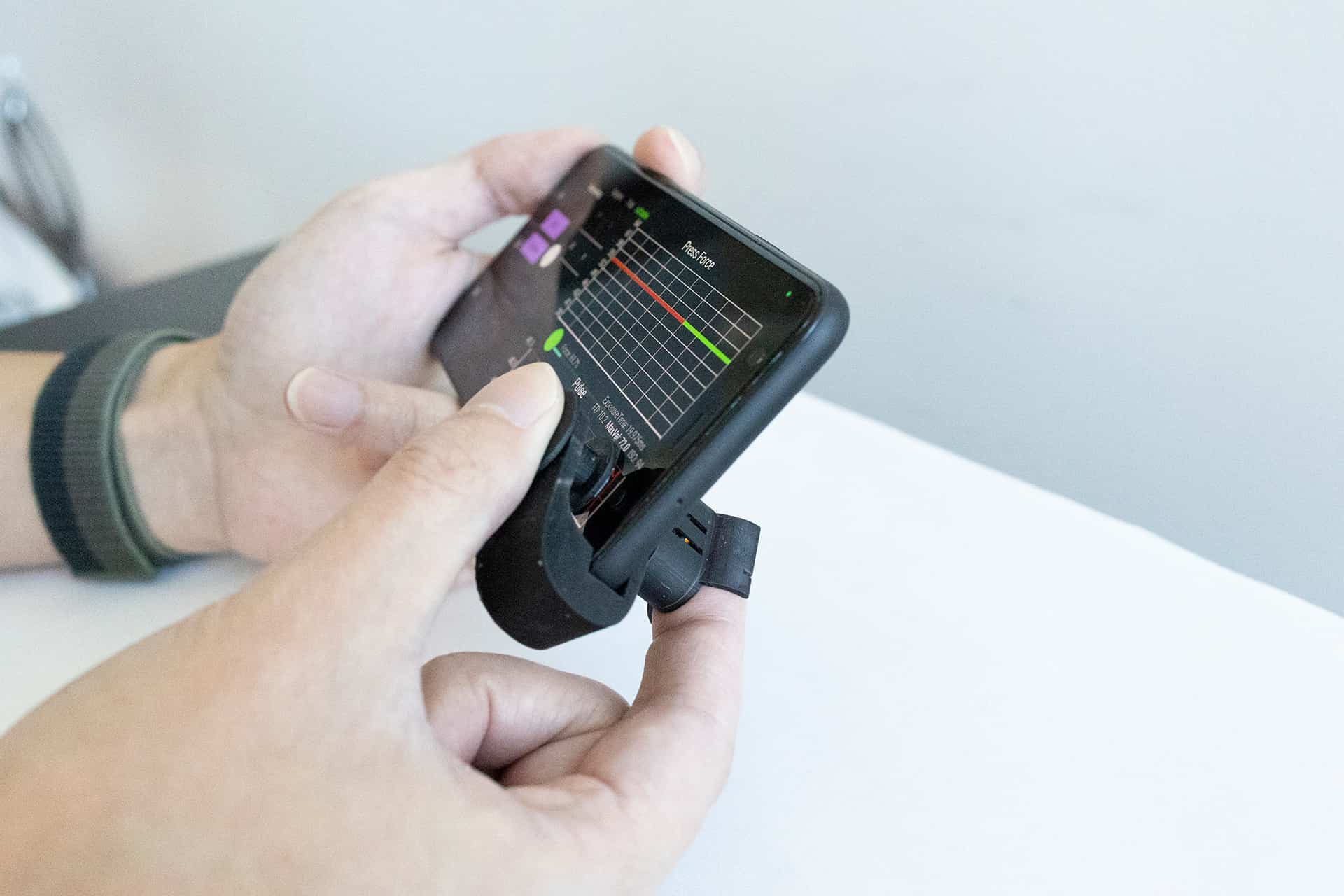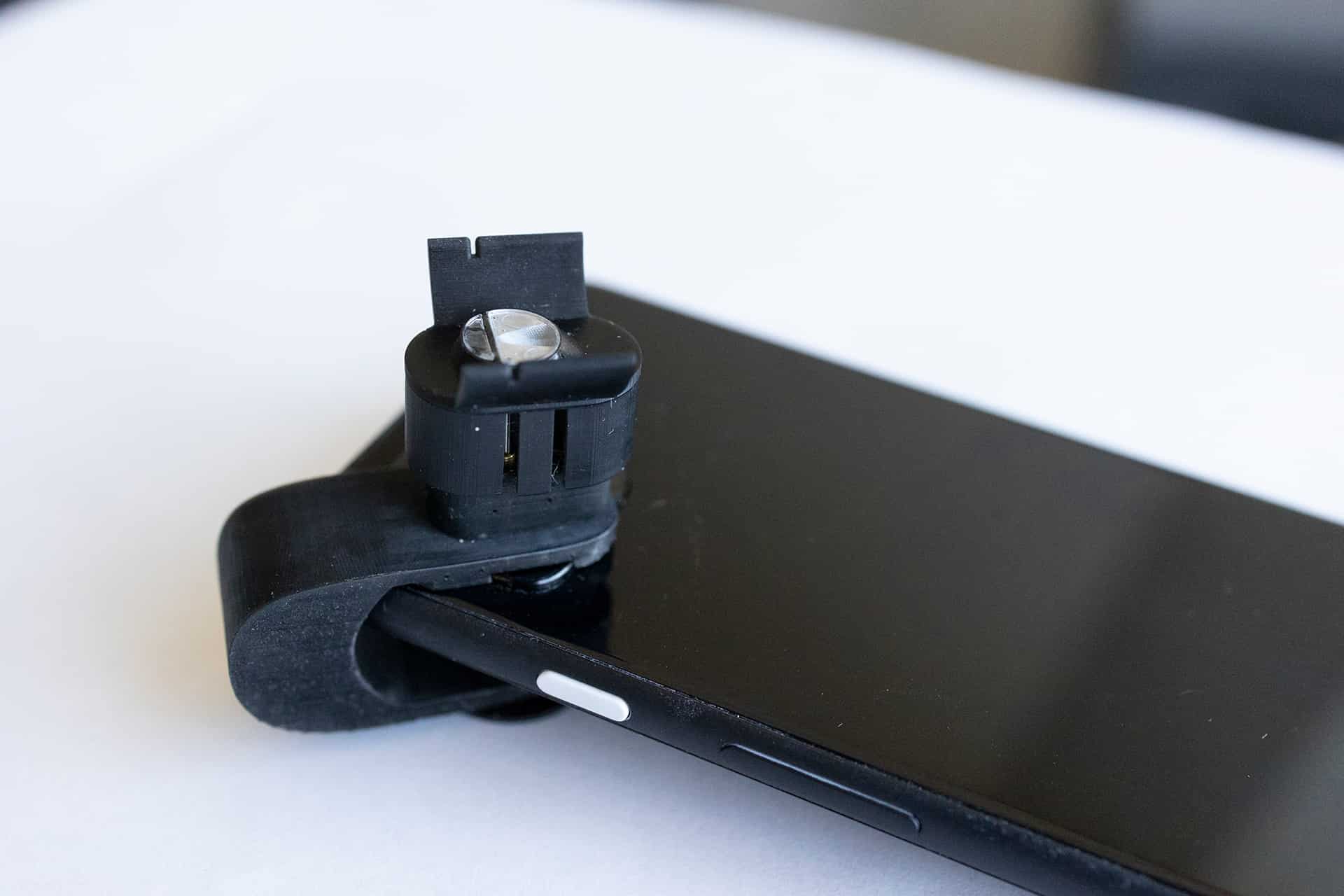
About 16% of the human population (over 1.28 billion people) suffer from hypertension (high blood pressure). This is rightfully called a “silent killer” as it can cause stroke, kidney failure, heart attacks, dementia, and various other health problems. What’s even more problematic is that over 60% of patients with high blood pressure live in developing and underdeveloped countries, where even the cheapest $20 blood pressure (BP) monitor can be quite an economic burden. Even in developed countries, many people won’t feel the need to buy a BP monitor to manage their hypertension unless they fall seriously ill — and, of course, it’s always best to prevent problems rather than treat them after the fact.
Monitoring your BP and managing your health accordingly can save you from the risk of many bodily disorders. The only way to do this is using a BP monitor which not everybody can afford or will consider buying, especially when they are young and healthy. A team of researchers at the University of California San Diego (UCSD) realized this problem and they figured out an intelligent way to give BP monitor access to everybody.
They created a low-cost, mechanical clip that you can attach to your smartphone and measure your BP anytime. All you need to do is press your finger on the clip, and in a couple of minutes, your BP score will appear on your phone screen. Currently, it costs the researchers $0.8 to make one clip. They claim that when the device is mass-produced, the price of one BP clip could be as low as 10 cents.
“We imagine a very different public health system level design where instead of individuals having to justify acquiring a blood pressure monitor for $50+ due to perceived risk factors, anyone may be provided with a BPClip. This might be middle-aged adults who may not think they need to be monitoring their blood pressure, but in fact, can benefit immensely by starting to track their blood pressure regularly,” Edward Wang, senior study author, and the director of the DigiHealth Lab at UCSD told ZME Science.
How does the BP clip work?
The BP clip is a 3D-printed mechanical system that harbors no electronics and relies on the phone’s camera sensor and computation. It can be installed over a smartphone’s camera and flash. The clip itself is spring-loaded, much like a finger strength trainer. As a person squeezes the clip, light from the flash falls on the fingertip and reaches the camera through a pinhole in the clip. The information captured by the camera appears in the form of a red circle on a smartphone app that is linked to the pin.
The app decodes two kinds of input from the fingertip image; the size of the red circle that indicates the pressure a user applies in the arteries of their finger when they press the clip, and the brightness of the circle which highlights the pulse or volume of blood in the fingertip at a given time. The algorithms that run the app analyze these inputs and finally, show the systolic and diastolic BP readings on the screen.
What’s interesting is that the clip performs all these functions without any electronics. Rather than relying on a mechanical pump, a user simply follows onscreen guidance to press down onto the clip to increase pressure on their finger. The camera of the phone itself performs the sensing with the help of the mechanical design of the clip.
“Finally, no data needs to be transferred between the clip and the phone because the phone has used its own camera system to perform the measurement. So rather than “link” with the phone like traditional devices that use Bluetooth, the clip simply augments the camera like a lens. This reliance on the smartphone’s computation and sensing is key to our approach to affordability,” said Wang.
The current prototype’s material cost is less than $1. This does not account for a lot of factors that go into the actual cost of a product, such as manufacturing and packaging. However, the researchers claim they aim to keep the price under $1 in the future as well, because it’s a mechanical system that only requires a plastic housing and a spring. All the electronics (camera, light, processor) it requires are already available in a phone. Moreover, they are also working on refining the design further to cut down its cost.
BP clip is better than traditional BP monitors
Apart from being super-affordable, there are various other advantages that a BP clip offers. For instance, unlike conventional BP monitoring devices, the clip is not required to be calibrated to a cuff. Even the modern-day BP measuring sensors in smartwatches don’t deliver accurate readings without including measurements from a cuff. The clip is possibly the only affordable calibration-free BP monitor.

Another advantage is easy accessibility. The penetration of smartphones is high even in middle and low-income countries. According to a report from the World Bank, even in countries with fairly large rural populations like Ghana and Nigeria, about 30 percent of the population owns smartphones. Most people in these places won’t buy a traditional blood pressure monitor, but they may find no problem in carrying a BP clip that remains attached to their smartphone.
Wang explained, “Because of their low cost, these clips could be handed out to anyone who needs them but cannot go to a clinic regularly, it could help make regular blood pressure monitoring easy, affordable, and accessible to people in resource-poor communities.”
This device will be especially helpful to women who don’t have access to budget-friendly health monitoring services during pregnancy. This is when they are at risk of a serious condition known as preeclampsia (high blood pressure in pregnant women resulting from improper development of the placenta). Left untreated, preeclampsia can lead to serious and even fatal complications for both the mother and the baby. A cost-effective monitoring tool like the clip can enable pregnant women to keep a check on their BP without spending tens of dollars.
In developed countries, the clip could bring down the cost of health-monitoring solutions to a great extent. Plus, it may also reduce the risk of BP-linked diseases in patients. Although it is true that unless the entire cost of hypertension care is reduced, simply reducing the cost of measurement is only part of the puzzle. But even with that, the care paradigm can still greatly benefit, according to the researchers.
However, a limitation of the device is that it currently works on a particular type of smartphone. The researchers are trying to develop a universal BP clip design to overcome this challenge.
“The current design is more of a proof of concept that works on a single phone model. However, we are already working on design alternatives that are based on this base concept to be universally adaptable to any smartphone without needing to make a custom design for every phone. This will be the goal of the spinout company me and one of my students, Colin Barry, who is also a co-author of this paper. The company, Billion Labs Inc., has already applied for additional NIH small business innovation research funding to help support the next round of design refinement as we work towards eventual FDA approval of our system,” Wang told ZME Science.
The team at UCSD and Billion Labs is planning to make the device available to the general public within a few years.
The study is published in the journal Scientific Reports.


